7 Signs Your Home Services Website
Is Costing You Customers
(and How to Fix It)
Your website is often the first point of contact between your home services business and potential customers. When a homeowner needs a plumber, electrician, or HVAC technician right now, they’re not patiently flipping through a phone book – they’re grabbing their smartphone and searching for help on Google. In fact, 78% of local searches on mobile devices lead to a purchase within 24 hours. That means if someone finds your site while urgently looking for a service, you have a golden opportunity to win a customer – or lose them to a competitor.
A home services company can’t afford to have a website that turns off visitors. You have crews to keep busy and a reputation to uphold, and your site should be a lead-generating machine working around the clock. If it’s not, it’s essentially leaking potential customers. Below are 7 telltale signs your home services website might be costing you leads, and more importantly, how to fix each issue. Addressing these will help turn your site into the 24/7 sales rep your business needs.
1. Slow Site Speed is Driving Visitors Away
The Sign: Does your website take forever to load? In the digital age, “forever” means more than a few seconds. Prospective customers won’t wait around for a sluggish site. Nearly half of consumers expect a web page to load in 2 seconds or less, and around 40% of people will abandon a website that takes more than 3 seconds to load. Those who bail out early could have been customers – but they never even got to see your services. Even worse, speed matters for your bottom line: research shows that a 1-second delay in page response can result in a 7% reduction in conversions. In other words, a slow site literally translates to lost revenue.
How to Fix It: Speed up your website. This might mean compressing images, cleaning up unnecessary code or plugins, using faster web hosting, and implementing caching. The goal is to eliminate any “bloat” slowing your site down. (At Cut Throat Marketing, for example, we build custom sites with no unnecessary bloat, ensuring fast load times from the start.) Use tools like Google PageSpeed Insights to identify problem areas.
If the technical stuff sounds overwhelming, consider bringing in a professional web developer or marketing agency to optimize your site’s performance. Every fraction of a second counts – shaving even a couple seconds off your load time can drastically reduce bounce rates and keep impatient homeowners on your page longer, increasing the chances they’ll convert into a lead.
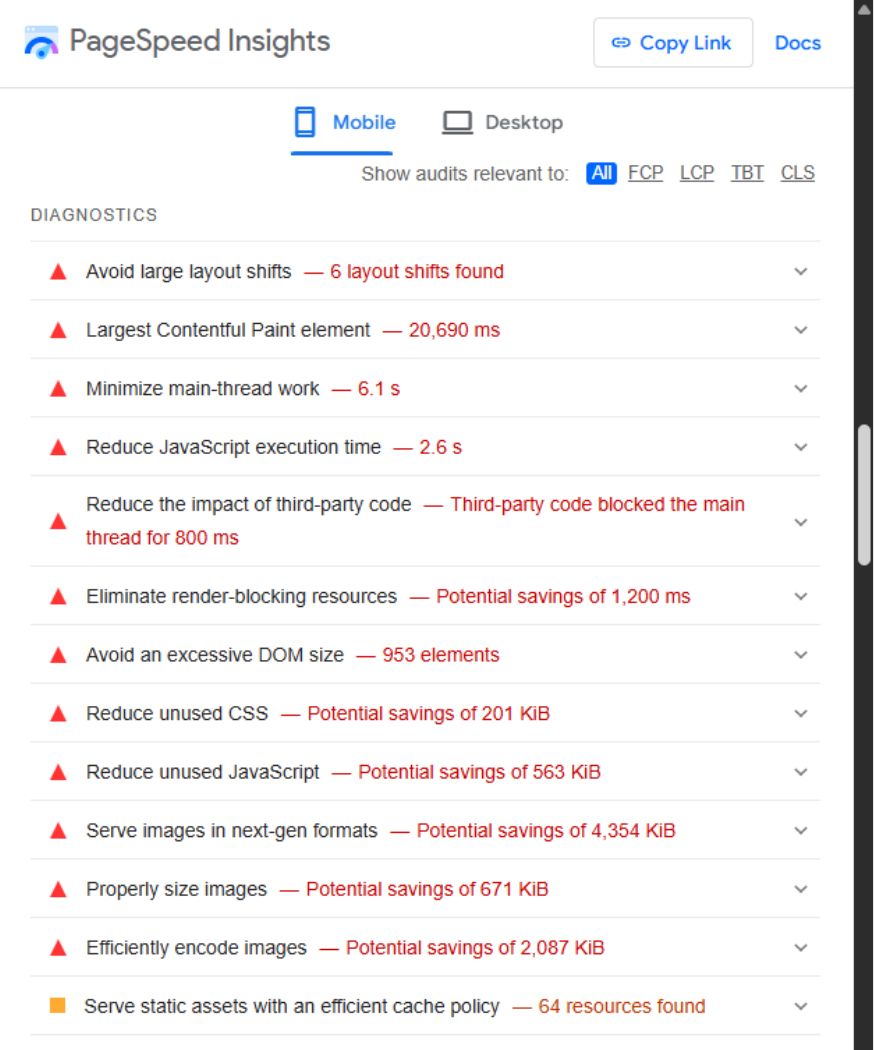
2. Unclear Calls-to-Action (CTA)
The Sign: When a visitor lands on your homepage or a service page, do they know what to do next? Or are they scratching their head thinking, “How do I get in touch?” A common mistake is having a website that provides information but doesn’t guide the user to take action. Maybe your phone number is hidden at the bottom, or there’s a tiny “Contact Us” link that’s hard to find. This is more common than you think – 70% of small business websites don’t have a clear call-to-action on their homepage.
If a potential customer can’t quickly find how to schedule service, request a quote, or call you, there’s a good chance they’ll move on to a competitor whose site makes it obvious.
How to Fix It: Make your CTA impossible to miss. Every key page on your site (homepage, service pages, etc.) should have a prominent, easy-to-see call-to-action that tells the visitor exactly what to do next. For a home services company, that might be a big, brightly colored “Request a Quote” button or a “Call Now: 555-1234” banner that sticks at the top of the screen. Be specific and direct. Instead of a vague “Learn More,” use action-oriented text like “Get a Free Estimate” or “Schedule Service Now.” Also, consider the user’s device: a huge percentage of your visitors are on mobile, so make sure your phone number is tap-to-call and any forms are mobile-friendly. By clearing the path to contact you, you’ll convert more visitors into leads.
If you’re not sure where to place your CTAs or what they should say, a professional web designer or marketing team can help you strategically integrate these elements. The bottom line is that your website should gently push people toward becoming customers – not leave them wandering without a map.
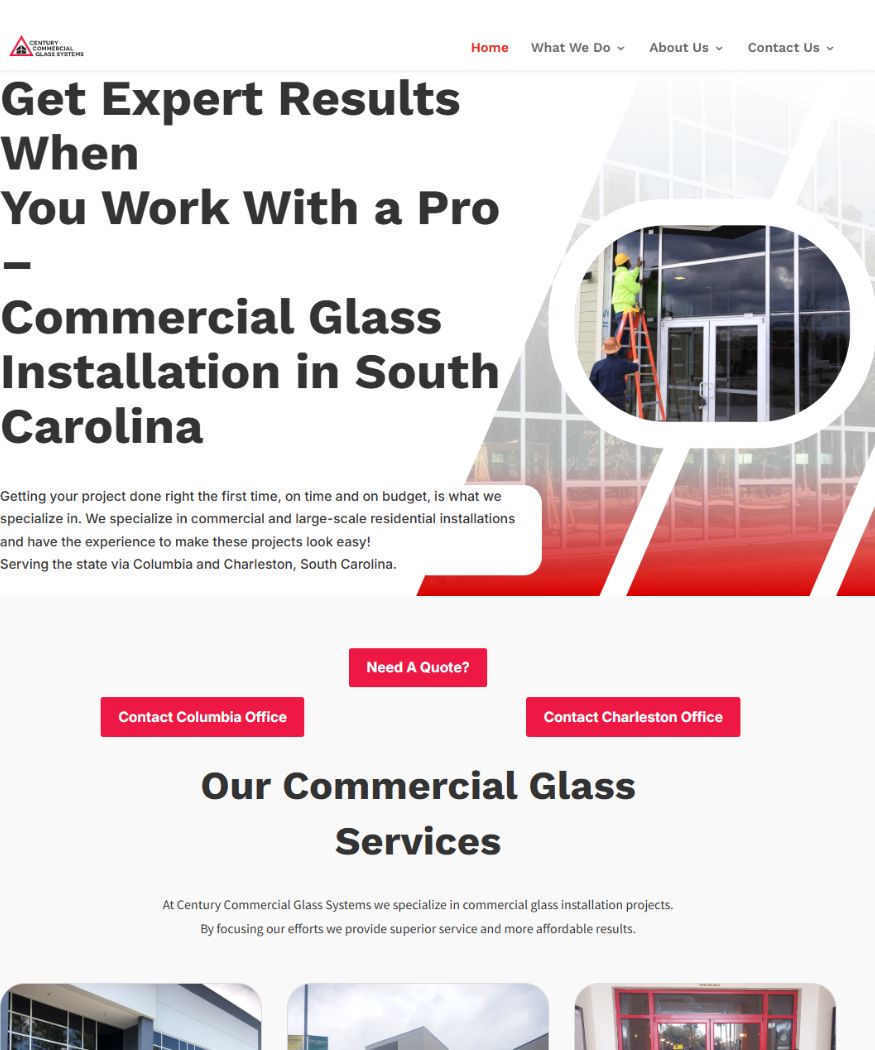
3. Missing Value Proposition or USP
(Unique Selling Proposition)
The Sign: Take a look at your homepage – does it immediately communicate why a customer should choose your company over the dozens of other home service providers in your area? If your website just says “Welcome to XYZ Plumbing, we do residential and commercial work” without highlighting what makes you special, you’re missing the mark. In marketing, we call this your value proposition or USP. It’s essentially the answer to the customer’s question: “Why you, and not the other guy?” If that answer isn’t crystal clear on your site, you’re likely losing customers who aren’t finding a compelling reason to stick around. The importance of a strong value proposition can’t be overstated – it’s often cited as the #1 factor that determines your conversion rate. Without it, even tons of website traffic won’t translate into calls and inquiries, because visitors don’t see what’s in it for them.
How to Fix It: Clarify and showcase your unique value right up front. Think about what sets you apart: Do you offer 24/7 emergency service? Are you family-owned and treat every customer like a neighbor? Do you have a faster response time, a special guarantee, or decades of experience? Boil down your top selling point(s) and craft a concise, punchy statement. This should be one of the first things a visitor sees on your homepage – often in your main headline or hero section. For example: “Fast, Reliable AC Repairs – 30-Minute Response Time, Guaranteed” or “Home Plumbing Experts – 1000+ Happy Customers in the Columbia Area.” Don’t be afraid to brag a little by including a statistic or award if you have it. Remember, you have mere seconds to impress a new visitor. Studies show it takes about 2.6 seconds for a user’s eyes to land on the area of a website that will influence their first impression, so make that first impression count by immediately communicating your USP.
If writing isn’t your forte, consider working with marketing professionals to help craft your messaging. A direct, customer-focused value proposition will give people a reason to stay on your site and ultimately choose your services.
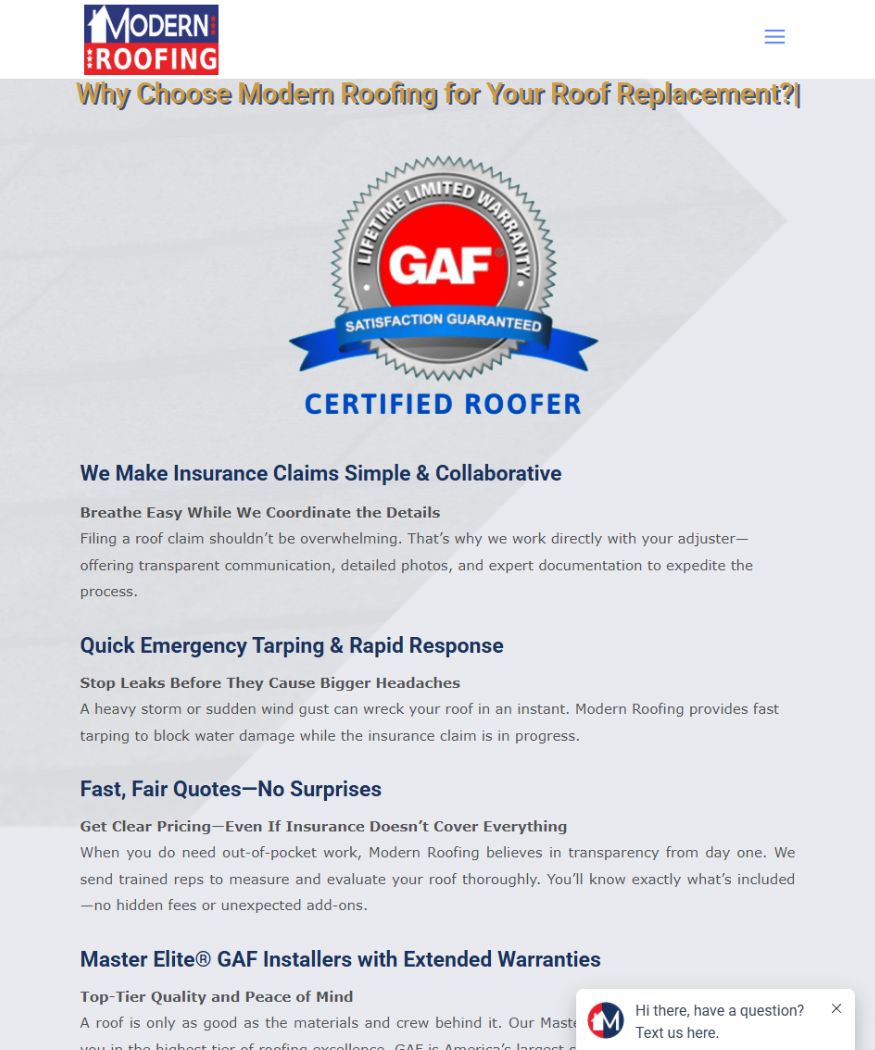
4. Poor Mobile Usability
The Sign: Pull out your phone and pull up your website. Is it easy to navigate? Does it load quickly and look good on a small screen, or do you have to squint and zoom? If your site isn’t mobile-friendly, this is a huge red flag. Why? Because a large portion of your visitors are on their phones – especially in the home services industry where people search in the moment of need. More than half of all home service seekers now use their phones (not desktops) to find providers.
If those mobile users encounter a site that’s slow, broken, or hard to use on their device, they’ll bail out fast. In fact, about 50% of consumers say they’ll stop engaging with a business if its website isn’t optimized for mobile. That means if your site isn’t mobile-friendly, you could be turning away half of your potential customers right off the bat.
How to Fix It: It’s 2025 – mobile usability is not optional. To fix this, ensure your website uses a responsive design (one that automatically adapts to different screen sizes). This typically involves a layout that stacks content vertically, larger text that’s readable without zooming, and buttons and links that are thumb-friendly. Check that your key info and CTAs are front and center on the mobile view – for instance, you might want your “Call Now” button to be one of the first things a mobile visitor sees. Also, test your site on multiple devices (iPhone, Android, etc.) to catch any weird formatting issues. Does your menu work properly on mobile? Are images or text getting cut off? Fix those immediately. Many DIY website builders offer mobile previews, but nothing beats actually using your site on a phone to experience what customers do.
If this sounds technical, a web developer or agency experienced in mobile design can do a thorough mobile optimization for you. Remember, when your website works flawlessly on mobile, you’re meeting your customers where they are. You’ll keep those on-the-go users on your site longer, which gives you a much better chance of converting them into callers.
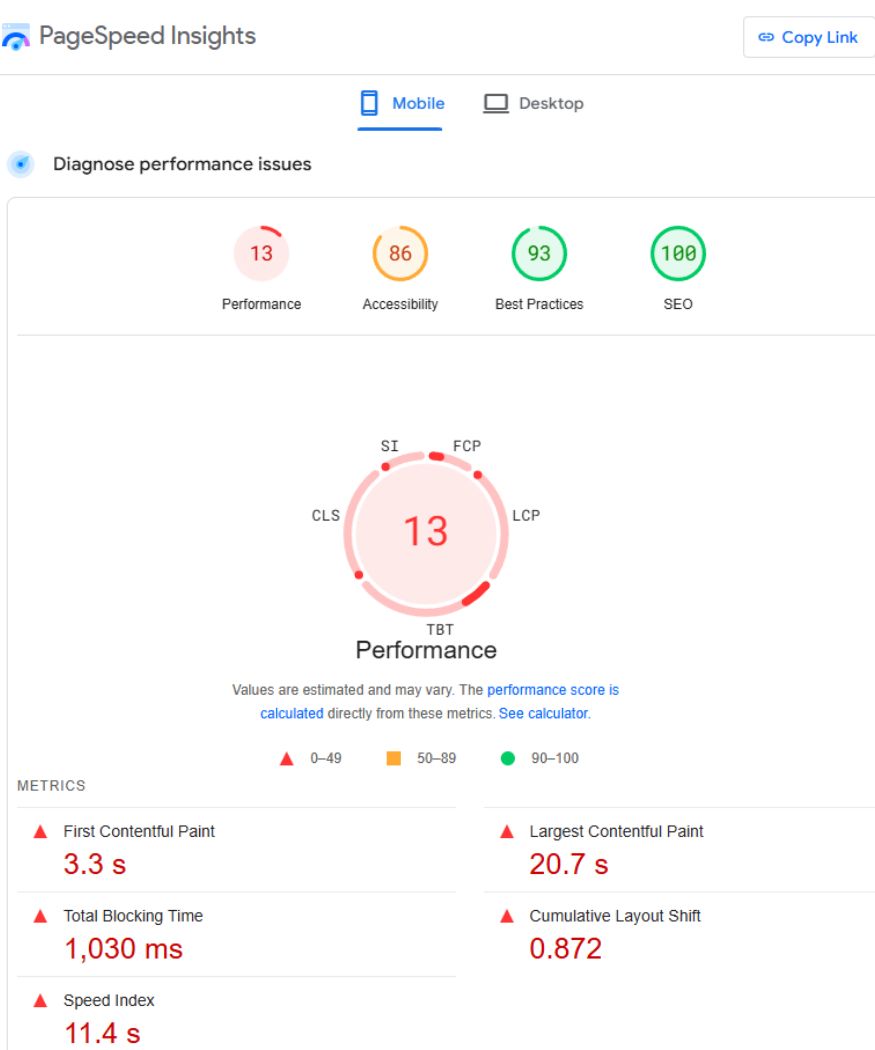
5. Outdated or Unprofessional Design
The Sign: First impressions matter – and an outdated website can be like walking into a messy, dimly lit store. If your site’s design looks like a throwback to the early 2010s (or worse, the 2000s), it’s likely causing visitors to question your company’s credibility. Maybe you’ve got clashing colors, tiny hard-to-read text, or an overall layout that just feels old. Think about it from a customer’s perspective: would you trust a company whose website looks neglected or antiquated? Probably not. You’re not alone if this is an issue – design is a common pain point. In fact, 75% of consumers admit to making judgments on a company’s credibility based on its website design. That means three out of four people who land on your site are subconsciously asking themselves “Do these folks look like a legit, professional outfit?” and if the answer is “no” because of a poor design, they’ll leave and likely never return. An outdated design can thus directly cost you customers by undermining trust before you’ve even spoken to them.
How to Fix It: It may be time for a website redesign or at least a design refresh. Modernizing your site doesn’t mean adding flashy animations and gimmicks – often it means embracing clean, simple layouts, plenty of white space, and visuals that align with today’s aesthetic standards. Here are a few quick fixes and improvements:
- Update your color scheme and fonts: Choose modern, easy-to-read fonts and a color palette that reflects your brand but also feels current. (For instance, that neon-green-on-black scheme from 2010 might be due for an upgrade to a cleaner, neutral background with pops of your brand color.)
- Use high-quality images: Swap out any tiny or grainy photos with clear, high-resolution images. Ideally, use pictures of your real team, office, or work examples – people connect with faces and authentic visuals more than generic stock photos.
- Simplify navigation: Make sure your menu and page layouts are straightforward. A confusing or cluttered navigation can frustrate users. Stick to standard menu structures and organize content logically so visitors can easily find what they need.
- Ensure consistency: Keep fonts, colors, and button styles consistent across all pages. A cohesive design looks more professional and helps build familiarity as users click through your site.
For many home service businesses, investing in a professional redesign pays for itself by boosting conversion rates. Working with a skilled web designer or agency can help you get a polished look that instills confidence in visitors from the get-go. Remember, your website is essentially your digital storefront. By making it modern and user-friendly, you send the message that your business is professional, trustworthy, and up-to-date – exactly the impression that turns curious visitors into confident customers.
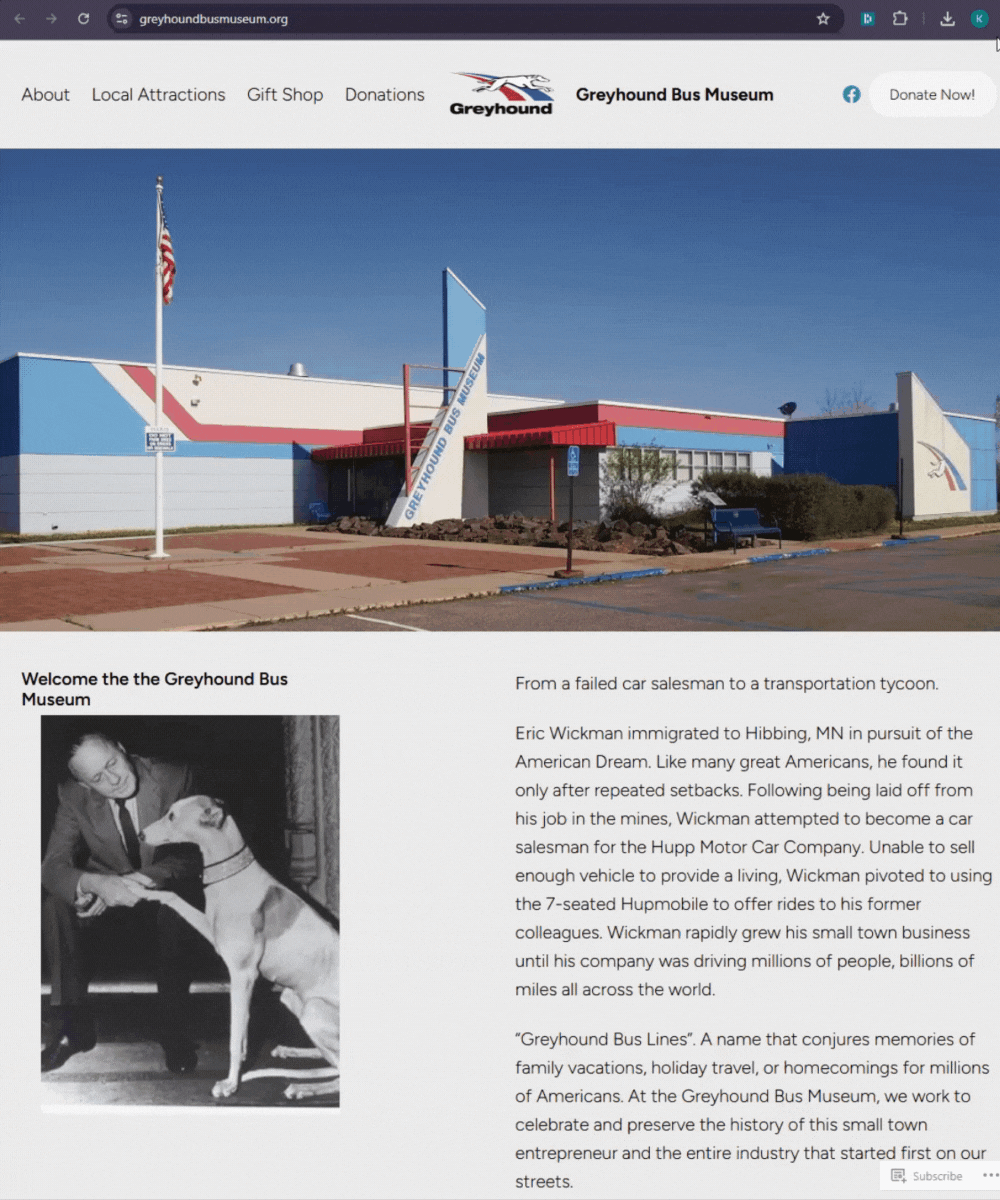
6. Weak Copy That Doesn’t Guide the Visitor (No “Micro-Yes” Journey)
The Sign: Take a moment to read the text on your website as if you were a first-time visitor. Does the copy (the words on the page) speak to the customer’s needs and lead them toward contacting you? Or is it generic, confusing, or just focused on “we’re the best!” without backing it up? If your website copy isn’t actively guiding the visitor through their decision-making process, you’re likely losing them somewhere along the way. Marketing expert Flint McGlaughlin talks about the “8 micro-yeses” a customer mentally agrees to on the path to a purchase (or in your case, contacting you). These are things like, “Yes, I see what you offer,” “Yes, I believe you’re credible,” “Yes, this is right for me,” and so on – essentially a series of small trust-building and interest-building moments. Weak web copy fails to generate those yeses. For example, if a visitor reads your plumbing service page and it’s just a wall of jargon or fluff, they might not reach the critical “Yes, I want to call these guys” moment. Instead, they’ll drift away, often without you ever knowing why.
How to Fix It: Revamp your content with purpose. Good copy on a home services website should do three key things: inform, persuade, and direct. First, make sure your content addresses the visitor’s main questions upfront. For instance, a line like “Leaky faucet or busted pipe? Our licensed plumbers can fix it today – before it causes any more damage.” immediately tells a customer in that situation that you solve their exact problem (and fast!). Next, weave in persuasive elements: explain what makes your approach different or better (this ties back to your USP and trust indicators). Maybe mention that you have “over 200 five-star reviews” or “a 100% satisfaction guarantee” in the copy – these help the visitor say “Yes, I feel confident in this company” (that’s one of those micro-yeses). Finally, direct the user on what to do. Every page should naturally lead to a call-to-action. If someone has scrolled through a service page about HVAC repair, the copy should end with something like, “Don’t spend another day in the heat – click below to schedule your AC repair now.” This kind of text guides the user toward the next step.
If writing isn’t your strong suit, consider hiring a professional copywriter or marketing agency to help. (At Cut Throat Marketing, for example, we ensure all copy is original and conversion-focused, guiding users through those decision points.) The right words can significantly boost your conversions – they turn a static page into a salesperson that addresses doubts, builds desire, and clearly points the way to contact you. In short, strong copy should lead your site visitors to think “This company gets me, I trust them, and I know what to do next”, making it much more likely they’ll reach out rather than slip away.

7. Lack of Trust Indicators
(Reviews, Testimonials & Badges Are Missing)
The Sign: Your business might be extremely trustworthy – you might have loyal customers who love you – but if none of that is visible on your website, new visitors won’t know it. When someone is considering letting a stranger into their home to fix something, trust is a huge factor. If your site lacks trust indicators like customer reviews, testimonials, case studies, industry certifications, or guarantee badges, you’re forcing visitors to take a leap of faith. And most won’t. Today’s consumers heavily rely on social proof and reputation. 71% of consumers check online reviews when researching local businesses, and many won’t even consider a company with no visible reviews or testimonials. So imagine a homeowner on your site, trying to decide between you and another provider. If your competitor proudly displays “Rated 4.9/5 by 300 customers” and you have nothing, who do you think has the edge? Lack of trust signals can quietly kill your conversions – people might leave your site simply because they didn’t get that extra reassurance that “Yes, this company will do a good job for me.”
How to Fix It: Showcase trust and proof everywhere appropriate. Start with a dedicated spot for testimonials on your homepage. Even just 2-3 short quotes from happy customers (ideally with a name and maybe a location or photo for authenticity) can work wonders. For example: “Quick, professional, and affordable – fixed my leak in no time! – Jane D., Columbia.” Such testimonials instantly tell a visitor, “Others have tried this company and had a great experience.” Next, integrate your reviews if possible – some companies embed Google reviews or link to their Yelp/Angi profiles. You might highlight a snippet like “500+ 5-Star Reviews” as part of your site’s bragging points. Also, display any badges or affiliations that lend credibility: things like “BBB Accredited”, “Licensed & Insured”, “Angi Super Service Award Winner”, or membership logos of professional associations. If your work comes with a warranty or guarantee, put that on the site too (a badge icon with “100% Satisfaction Guarantee” stands out well). These visuals and statements act as third-party validation. They assure the visitor that your business is vetted and reliable. And it’s not just feel-good fluff – adding trust elements like testimonials or certification badges has been shown to boost conversion rates, because more trust = less buyer hesitation.
When incorporating trust indicators, place them where it counts: near your calls-to-action and on pages where people make decisions. For instance, a “Why Choose Us” section with trust badges and a key testimonial on a service page can reinforce a visitor’s decision to click “Contact Us.” Keep these elements genuine (don’t fabricate reviews or claim awards you haven’t won!) and update them over time. As you gather more reviews or achievements, refresh your site to showcase the latest and greatest. By actively demonstrating your credibility online, you make the visitor’s choice much easier – and you’ll see more of them convert into actual customers.
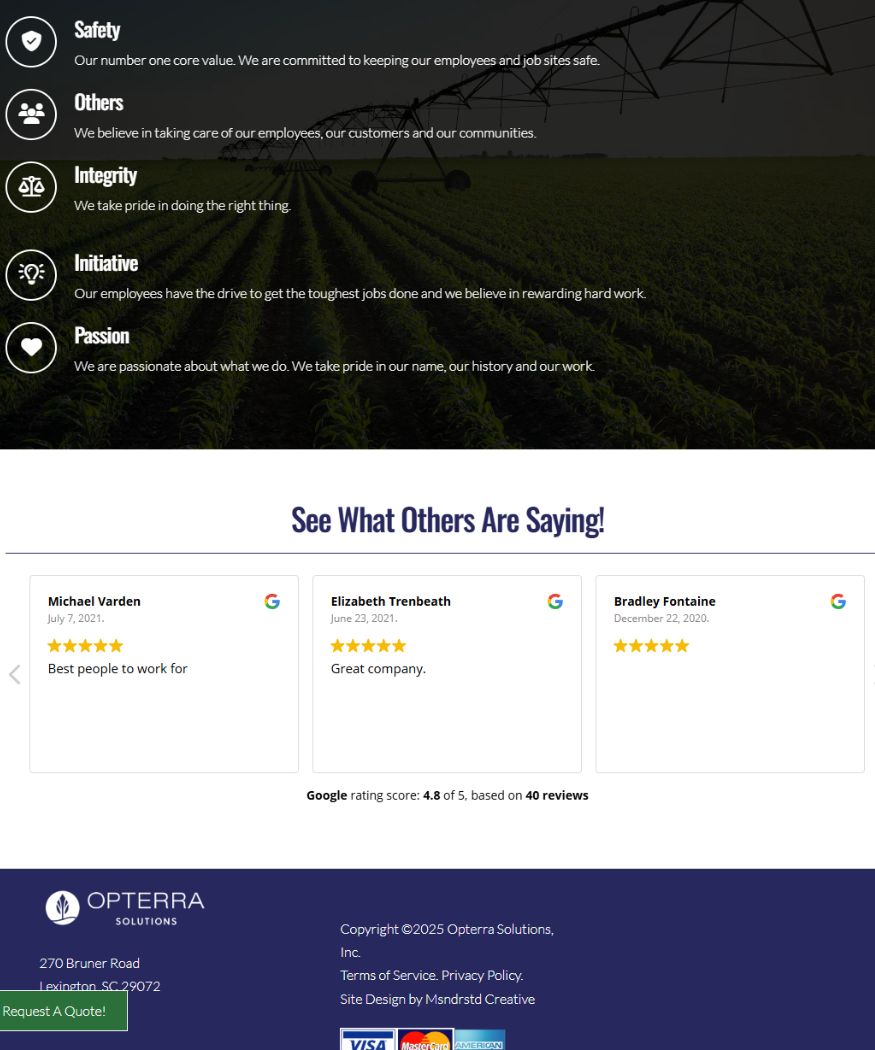
Ready to Turn Your Website Into a 24/7 Lead Machine?
Your website can either be a powerful ally in winning new business or a silent culprit in driving prospects away. The seven signs above are some of the most common web pitfalls that can secretly cost home service companies a fortune in lost customers. The good news? Every one of these issues is fixable. By speeding up your site, sharpening your messaging, updating your design, and adding the right trust elements, you can dramatically improve your website’s lead generation performance.
If you’ve read through this list and suspect your own site is guilty of even a couple of these sins, it’s time to take action. Every day that passes with a slow, unclear, or unpersuasive website is a day potential customers might be choosing someone else. Don’t let your digital presence fall behind your excellent real-world service.
As a marketing agency that specializes in helping home service businesses, Cut Throat Marketing knows how to turn underperforming websites into lead-generating assets. We’re all about no-nonsense, results-driven improvements that drive leads, enhance sales, and ensure ROI – just like we promise on our own homepage. If you’re ready to transform your website into a 24/7 sales machine for your company, we’re here to help. Feel free to check out Cut Throat Marketing’s website design services to see how we approach creating high-converting sites, or better yet, book a call with our team for a friendly chat about your specific situation. We’ll talk about what’s costing you customers and how to fix it, fast.
Don’t let your website be the reason you’re losing business. Turn it into your greatest marketing asset – and watch your customer inquiries grow. With the right fixes in place, your website will not just stop costing you customers, it will start bringing you new ones consistently. Let’s make that happen.
